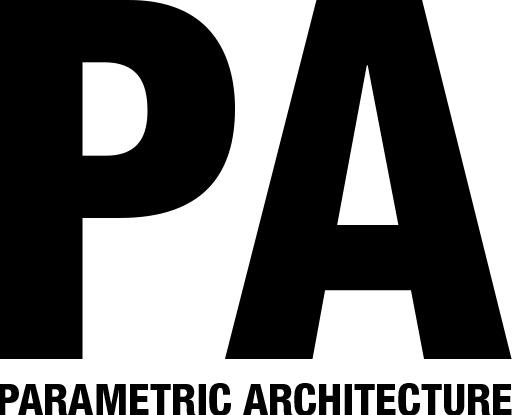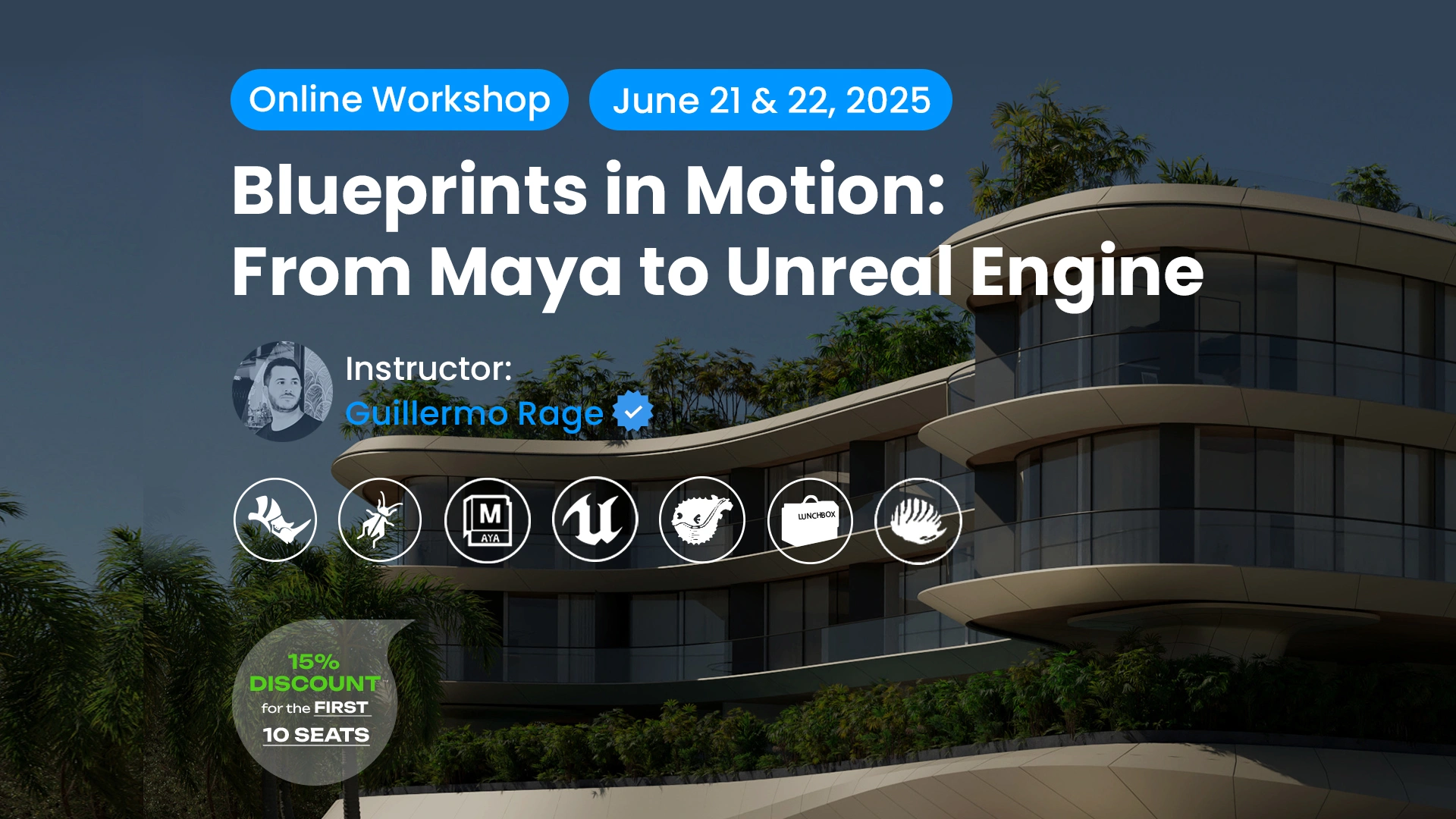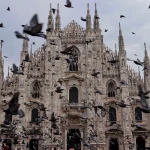Lately, because of security issues and other side benefits, gated communities are going to be really popular in many countries. Gated communities are residential areas enclosed by physical barriers, such as walls or fences, with controlled entry points, including gates with security or electronic access systems. The main purpose is to provide residents with an improved sense of security, privacy, and exclusivity.
According to Nesma Mohamed Salah‘s research paper, after World War II, neighborhoods changed as developers created towns with curving streets and cul-de-sacs. These new neighborhoods were built farther from work, shopping, and entertainment, making residents reliant on automobiles. During this time, gated communities emerged with different names such as “gated enclaves,” “enclosed neighborhoods,” “private cities,” “edge cities,” and “cities of walls,” which are new approaches to neighborhoods.
In fact, there are approximately 9 million people living in around 20,000 gated residential communities in the United States. These may range from as small as a handful of houses to as large as a master-planned development. Over the years, they gained prominence because many residents have perceived them to provide one thing above all others: security, privacy, and amenities. The actual figure will change depending on new development completions, conversions, and other changes to the housing stock.
Gated communities have a number of distinguishing features that set them apart and build their particular living environment. The first characteristic refers to controlled access, in which entry points into a community are limited by gates or barriers. These may be manned by security personnel or operated through electronic systems such as key cards or access codes that allow only residents and authorized guests to enter. This control in access is geared toward maximizing safety and privacy.
Other features that are typical of such estates are the physical barrier that separates the community, sometimes in the form of a wall or even a fence, then giving into the compound. A clear demarcation in physical terms from the surrounding area and helps the area to be exclusive, as it often is intended by the residents. This serves to block out some of the noise and disturbance from the outside world.
The most ordinary security features of a gated community include surveillance cameras, security patrols, and alarm systems. These measures are supposed to deter criminal activities and guarantee residents’ safety, thereby giving a heightened sense of security and protection. The concern for security further extends to well-lit streets and well-maintained common areas, which enhance even more the feeling of safety within the community.
Disadvantages of a Gated Community
There may be many advantages of living in a gated community, but it also has a lot of disadvantages. Mainly, it tends to segregate people socially. People create exclusiveness in themselves by separating themselves from the community by their estate and surroundings. It makes the rate of property go up and hence is expensive to maintain by low-income people.
- Gated communities can create physical and social separation from the surrounding area, reinforcing socio-economic divides.
- Living in a gated community often involves higher property values and maintenance fees, making it less affordable.
- Restricted entry points can limit access to nearby public spaces and services, causing inconvenience.
- The cost of maintaining gates, security systems, and communal facilities can be high.
- Poor management or issues within the community can lead to decreased property values and difficulties in selling homes.
Additionally, residents might face restrictions on their access to nearby public spaces and services, which can be inconvenient. Maintaining the gates, security systems, and communal areas can also be costly, and in some cases, poor management of these elements may result in reduced property values or difficulties in selling homes.
Why do people choose to live in gated communities?
Many remain in gated communities mainly for the purposes of security. Controlled access and physical barriers offer improved safety and a reduction of perceived risks due to crime among residents. Another big factor is privacy since the restricted access enables residence in a more secluded and less intrusive environment.
Amenities like parks, swimming pools, and recreational facilities make for a very comfortable and enjoyable time in gated communities. For some, exclusivity and social status are other considerations.
Criticisms of Gated Communities
Gated communities are heavily criticized for their impact on social dynamics and community cohesion. Many of their critics believe that these communities have increased socio-economic divisions through the physical and social barriers this creates between different groups.
Gated communities are often criticized as “Ghettos for the Rich.” However, they are essentially housing estates where not much happens. In the wealthiest ones, domestic workers are the main source of activity during the day. Residents often conduct key daily activities such as work, leisure, study, and shopping elsewhere. This lack of community and constant presence has contributed to the success of gated communities.
American author and theorist Bell Hooks also criticizes gated communities in her ‘All About Love: New Visions book “The growing number of gated communities in our nation is but one example of the obsession with safety. With guards at the gate, individuals still have bars and elaborate internal security systems. Americans spend more than thirty billion dollars a year on security. When I have stayed with friends in these communities and inquired as to whether all the security is in response to an actual danger I am told “not really,” that it is the fear of threat rather than a real threat that is the catalyst for an obsession with safety that borders on madness.”
The sense of security afforded by gates can also be symbolic rather than actual, as any reasonably determined individual will find a way in. Moreover, the seclusion from the society within which they live through the gated community leads to a breakdown in relations with others. This further eliminates interactions with the remainder of the society. Similarly, the creation of gated communities often involves massive land use that encourages urban sprawl, consequently altering the regional ecosystems. Other issues involve some legal and social problems such as conflicts regarding community policies and laws.
























Leave a comment